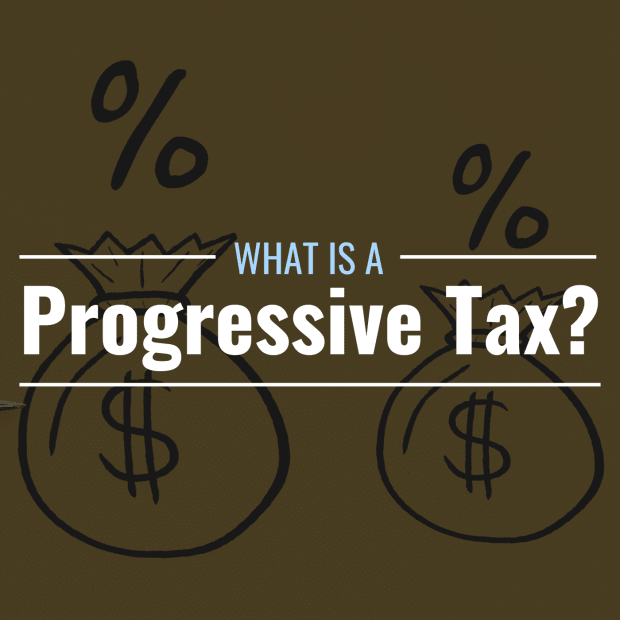What Is a Progressive Tax? Definition & Example
Published 3:19 am Wednesday, May 24, 2023

- What Is a Progressive Tax? Definition & Example

Trending
What Is a Progressive Tax?
A progressive tax system is one in which low-income earners pay a smaller proportion of their total income as tax and higher income earners pay higher proportions of their income as tax. As one’s income increases, the marginal tax rate on taxable income also increases.
The U.S. and many other countries use a progressive tax system and have a tax bracket system that specifies marginal tax rates on various levels of income. The objective of a progressive tax structure is to reduce the tax burden on low-income earners but make up for that by levying higher taxes on wealthier individuals.
Example of Progressive Tax Rates
Trending
In the table below of 2022 taxable federal income, an individual earning $15,000 would pay only 10% as tax. Another individual earning $600,000, on the other hand, would have to pay income tax according to the marginal tax rate of income attained, and their highest tax rate would be 37% for earnings exceeding $583,375.
How Does a Progressive Tax Rate Differ From Flat and Regressive Tax Rates?
While a progressive tax rate increases relative to income, a flat tax rate means that all taxpayers pay the same rate regardless of income. A regressive tax, however, is the opposite of a progressive tax—tax rates decrease as income increases, meaning that lower-income individuals would pay a higher proportion of their income as tax.
Who Pays the Most in Progressive Taxes?
Based on some studies, the highest income earners tend to contribute the most income to tax revenue, while the lower contribute a tiny fraction. According to the Tax Foundation, in 2020, the top 1% of taxpayers paid $723 billion in income taxes, which comes out to 42% of all federal income taxes.
Pros and Cons of Progressive Tax Rates
Progressive tax systems ease the burden of tax payments on the lowest income earners, and some proponents argue that such a structure can help expand wealth for the middle class. Additionally, some would argue that lower tax brackets for lower income earners are necessary due to rising cost of living expenses.
Some critics argue that while the objective of a progressive tax structure is to reduce the burden of low-income earners, making up for that supposed loss in revenue to the government by levying higher taxes on wealthy individuals is unfair.
One of the significant changes to the progressive tax rate system occurred in the 1980s, when President Ronald Reagan’s administration widened the income tax bracket and sharply reduced the tax rates on the highest levels of income.









